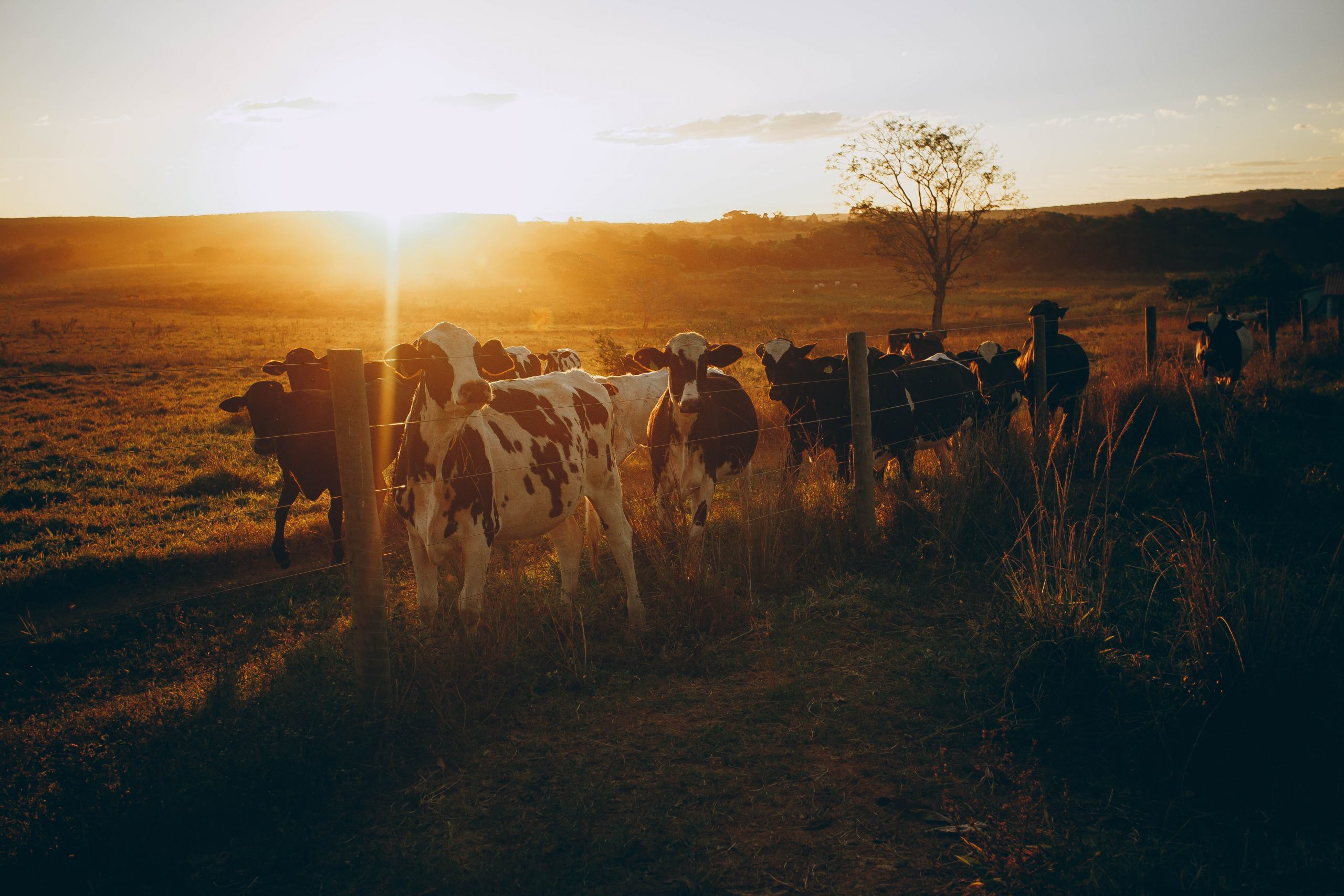With an increasing appreciation for nature and concerns that current human actions are significantly harming the environment, regenerative farming has seen an increase in practitioners over the last few years. If you’re not familiar with regenerative farming (also called regenerative agriculture), this practice refers to what Regeneration International calls “farming and grazing practices that . . . reverse climate change by rebuilding soil organic matter and restoring degraded soil biodiversity, resulting in both carbon drawdown and improving the water cycle.”
In other words, regenerative farming restores the soil’s natural organic carbon, ultimately improving the soil’s overall quality to produce beneficial outcomes for both humans and the environment. Regenerative farming is a crucial strategy farmers use to add back to the soil they use without creating the negative consequences sometimes associated with traditional farming.
Some of the key components of this type of farming include:
- Topsoil Regeneration
- Biodiversity Increases
- Water Cycle Improvements
Increase in Food Value
Regenerative farming has been shown to have positive effects on food outcomes. For example, in periods of extreme weather and in the face of the on-going climate change crisis, crop yields from organic farms have been shown to be significantly higher than those produced by traditional farming methods.
Additionally, regenerative farming has also been proven to add nutritional benefits to crops. By introducing a diverse food system into the soil, more nutrients are produced within that same soil which leads to more nutritious crop outputs.
Reduction in Environmental Impacts
Regenerative farming can also have a positive impact on the surrounding environment, not just in the crop fields themselves. This farming method enables plants to pull carbon dioxide from the air and change it into carbon. This resulting carbon is consumed by both microbes and fungi which subsequently produce nutrients for the plant. In this way, regenerative farming can help minimize the impact of excess carbon dioxide in the atmosphere.
The strategy can also lessen soil erosion on the landscape due to its “no-till” component. No-till means that rather than fields being plowed prior to planting seeds, seeds are drilled directly into the soil, minimizing soil disturbances and promoting vegetative growth to prevent erosion.
Additionally, mindful grazing practices, another pillar of regenerative farming, can help to increase vegetation and keep water quality in check by rotating animal grazing areas. Mindful grazing practices can also include taking measures such as adding legumes to the soil to further benefit the landscape.
Absence of Additives
Regenerative farming can also be healthier than other farming methods due to its limitation of pesticides and fertilizers which can have long-lasting effects on overall soil nutrition. The strategy uses chemicals sparingly, seeking to leave the soil alone as much as possible to produce a strong harvest. Minimizing the amounts and types of chemicals added to regeneratively farmed crops can help maintain the delicate balance between microorganisms and plants.
Rotating crops, another central component of regenerative farming, can help deter pests from destroying crop yields and can also function as a barrier to plant diseases. These benefits are available even without needing to use pesticides.
Regenerative Farming Makes a Big Impact
As more farmers and companies switch to employing regenerative farming practices, the combined effect of this widescale use can have significant effects. This type of farming has been shown to help counteract the effects of climate change by helping keep soil stable, meaning it can hold more water as storms and thus rainfall amounts increase. When planted in such healthy soil, crops will become more flood-resistant and more drought-resistant
With our climate change rates at an all-time high, it is more important than ever that we have a strong foundation for our food production. Regenerative farming is the key to transitioning to a healthier and more productive food system.

